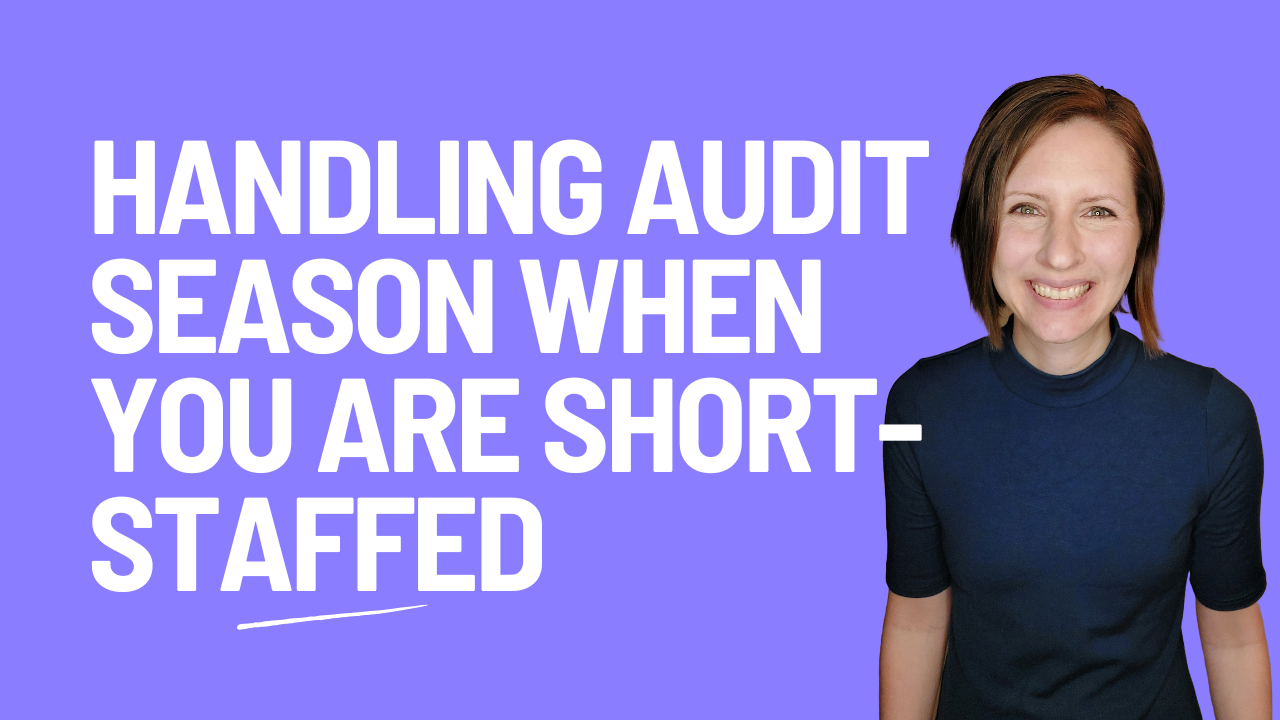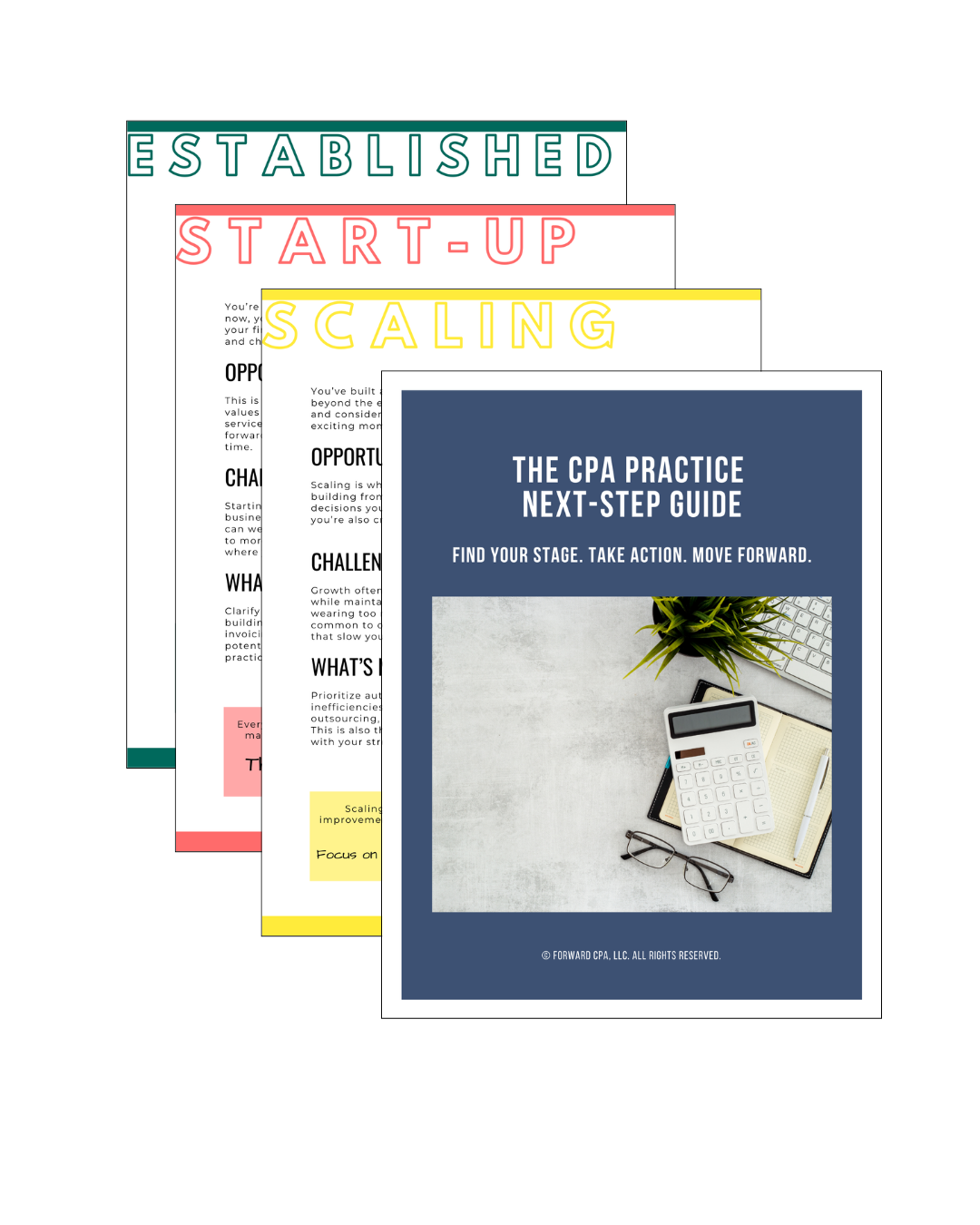Why Your Audit Software Isn't Built for Governments (And What to Do About It)
Jul 15, 2025
You’ve got software for workpaper prep. Maybe even automation for PBC requests, task tracking, or time management.
But if you’re auditing governments—school districts, municipalities, or other public entities—chances are you’ve still got:
-
Spreadsheets for note disclosures
-
Word docs for financial statements
-
Manual AJE logs and SEFA tables
-
And at least one folder labeled “FINAL final - ready this time”
It’s not that you don’t have tools.
It’s that your tools weren’t built for governmental audits.
Let’s break down why most audit software falls short in this niche—and what you can do to fix the gap without reinventing your entire workflow.
1. Most Audit Software Was Designed for For-Profit Engagements
Most traditional audit platforms were built with private companies in mind:
-
One entity, one basis of accounting
-
Straightforward financials
-
Standard audit programs and disclosures
Government audits?
Totally different story. You’re working with:
-
Multiple funds and fund types
-
Two bases of accounting (modified accrual and full accrual)
-
Complex note disclosures
-
Compliance testing and internal control walkthroughs
-
Often, no CPA on the client side
Trying to squeeze this work into generic software leads to one thing: workarounds.
2. The Financials Don’t Flow Automatically—You’re Formatting by Hand
Even if your software offers reporting tools, they weren’t made for GASB-based financial statements. You’re still:
-
Copying trial balance data into Excel
-
Creating net position rollforwards manually
-
Formatting MD&A, RSI, and fund statements in Word
-
Recalculating tables for disclosures every year
That’s not automation—that’s an extra project.
3. There’s No Built-In Guidance for Government-Specific Requirements
Yellow Book? Single audits? SEFA prep?
You’re on your own. Most software offers minimal help when it comes to:
-
Internal control testing for compliance audits
-
Major program determination
-
Documenting Uniform Guidance criteria
-
Cross-referencing to federal schedules or prior-year findings
So you end up maintaining a separate set of tools, checklists, and programs—outside of your “all-in-one” system.
4. You’re Still Training Staff Manually on Government Concepts
For staff new to government audits, your software won’t explain:
-
Why modified accrual matters
-
What belongs in the fund-level financials vs. the government-wide
-
How to tie federal expenditures to the SEFA
-
What goes into each footnote
So even if they can click through tasks, they’re missing the why—and your reviewers are picking up the slack.
What You Can Do About It (Even If You’re Not Ready to Switch Systems)
You don’t need to rebuild your entire tech stack to improve how you audit governments. Start by creating support tools and workflows that fill the gaps:
✅ Build a Disclosure Library
Create editable templates for common GASB disclosures, pre-formatted and pre-reviewed. Use them year over year and update them as needed.
✅ Create Standardized Workpapers by Fund Type
Have a base file for school districts, cities, and special-purpose entities—with tabs for capital assets, long-term debt, federal programs, and more.
✅ Document a Repeatable SEFA Process
Use a template that tracks CFDA/ALN numbers, expenditures, grant periods, and program groupings. Make it clear, consistent, and reviewable.
✅ Train Staff With Simple, Reusable Modules
Record short walkthroughs of your workpaper structure, folder layout, and audit program. Give them just-in-time training instead of one-time downloads.
✅ Use Your Current Software Strategically
Lean on your platform for what it does well (task tracking, signoffs, file storage), and patch the government-specific needs with standardized templates that live in your firm’s library.
If It Feels Like a Workaround, It Probably Is
Governmental audits are their own world.
And the reality is: most audit software isn’t designed for that world.
Until the tools catch up, your best option is to build systems that bridge the gap—so your team isn’t guessing, your files aren’t starting from scratch, and your audit quality doesn’t depend on your own memory.
Smarter tools are coming.
But in the meantime, smart systems can carry you a long way.
Your Next Step Forward
Join the newsletter designed to help CPAs take the next best step in building a practice they love, with practical insights, game-changing tools, and quick wins in every email.
We hate SPAM. We will never sell your information, for any reason.




